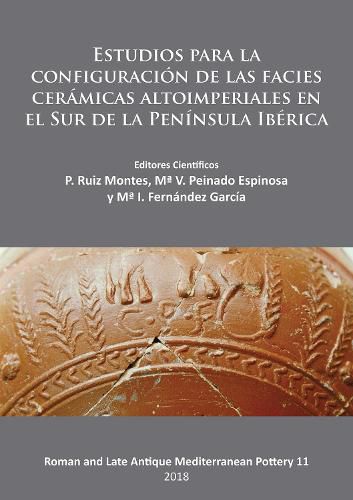Readings Newsletter
Become a Readings Member to make your shopping experience even easier.
Sign in or sign up for free!
You’re not far away from qualifying for FREE standard shipping within Australia
You’ve qualified for FREE standard shipping within Australia
The cart is loading…






Estudios para la configuracio n de las facies cera micas altoimperiales en el Sur de la Peni nsula Ibe rica explores economy and trade in the south of the Iberian peninsula during the High Roman Empire. Different methodologies, techniques and approaches to archaeological research are applied in the analysis and study of ceramic contexts in several marketplaces or consumption centres in the area. Special attention is given to ceramic facies predominantly characterised by the presence of fine pottery. In addition, the examination of local ceramics points towards a complexity whose interpretation has been biased until a few decades ago by the presence of wares imported from other Mediterranean regions as a result of the intensity of Roman trade. Furthermore, exploration beyond traditional analytical parameters highlights, for example, the relevance of the phenomenon of pottery vessel imitation.
$9.00 standard shipping within Australia
FREE standard shipping within Australia for orders over $100.00
Express & International shipping calculated at checkout
Estudios para la configuracio n de las facies cera micas altoimperiales en el Sur de la Peni nsula Ibe rica explores economy and trade in the south of the Iberian peninsula during the High Roman Empire. Different methodologies, techniques and approaches to archaeological research are applied in the analysis and study of ceramic contexts in several marketplaces or consumption centres in the area. Special attention is given to ceramic facies predominantly characterised by the presence of fine pottery. In addition, the examination of local ceramics points towards a complexity whose interpretation has been biased until a few decades ago by the presence of wares imported from other Mediterranean regions as a result of the intensity of Roman trade. Furthermore, exploration beyond traditional analytical parameters highlights, for example, the relevance of the phenomenon of pottery vessel imitation.